10 Accurate Disability Portrayals
rin
Published
02/03/2015
Those with debilitating conditions are often portrayed in a grossly skewed manner in tv and film. But some place the individual before the disability. Here are 10 examples of those that got it right.
- List View
- Player View
- Grid View
Advertisement
-
1.
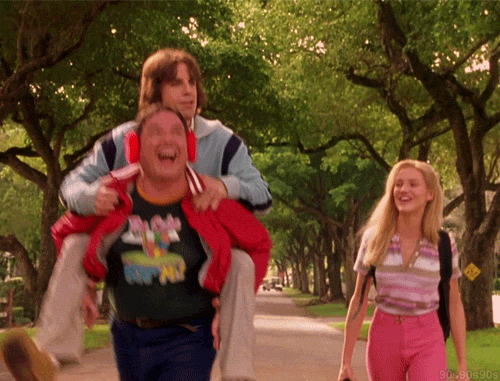 The Farrelly brothers don't just make great movies. They also donate much time and money to groups and organizations working with special needs individuals. More often than people think, real special needs individuals are their friends and cast members throughout many of their films. "There's Something About Mary" is one of these. The character Ted first has to help with a move, where he's treated like a derp by the guy, quadriplegic actor Danny Murphy in a wheelchair. You're supposed to see him as just another crotchety old man instead of some invalid in a chair. Mary also has a moderately mentally disabled brother, and although he was protrayed by a non-disabled man, his depiction was spot-on. The group of lovestruck special needs guys Mary also makes lunches for are the real deal, and were cast for the purpose of making the issue real for audiences.
The Farrelly brothers don't just make great movies. They also donate much time and money to groups and organizations working with special needs individuals. More often than people think, real special needs individuals are their friends and cast members throughout many of their films. "There's Something About Mary" is one of these. The character Ted first has to help with a move, where he's treated like a derp by the guy, quadriplegic actor Danny Murphy in a wheelchair. You're supposed to see him as just another crotchety old man instead of some invalid in a chair. Mary also has a moderately mentally disabled brother, and although he was protrayed by a non-disabled man, his depiction was spot-on. The group of lovestruck special needs guys Mary also makes lunches for are the real deal, and were cast for the purpose of making the issue real for audiences. -
2.
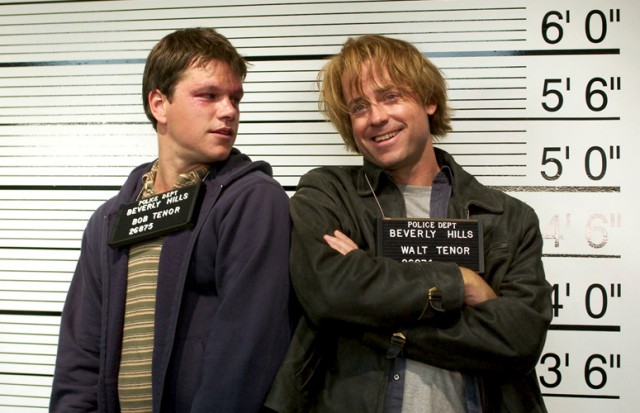 Too bad this film completely bombed. Another Farrelly brothers fiasco, "Stuck on You" was thought to be a pointless idea, but brings a real disability to light. Matt Damon and Greg Kinnear play conjoined twins, and although the film is supposed to be a comedy, the condition is very real. The story also serves a good purpose: conjoined twins are not some sideshow, but real people with oftentimes very different and unique personalities and abilities. Actor Ray Valliere was also cast as Rocket, a real disabled man noted for the poignant scene in which the twins' entire restaurant of patrons defends him against an ignorant customer. Valliere's thank-you speech to cast and crew was also featured during the credits, with a song sung by conjoined twin and music star George Schappell.
Too bad this film completely bombed. Another Farrelly brothers fiasco, "Stuck on You" was thought to be a pointless idea, but brings a real disability to light. Matt Damon and Greg Kinnear play conjoined twins, and although the film is supposed to be a comedy, the condition is very real. The story also serves a good purpose: conjoined twins are not some sideshow, but real people with oftentimes very different and unique personalities and abilities. Actor Ray Valliere was also cast as Rocket, a real disabled man noted for the poignant scene in which the twins' entire restaurant of patrons defends him against an ignorant customer. Valliere's thank-you speech to cast and crew was also featured during the credits, with a song sung by conjoined twin and music star George Schappell. -
3.
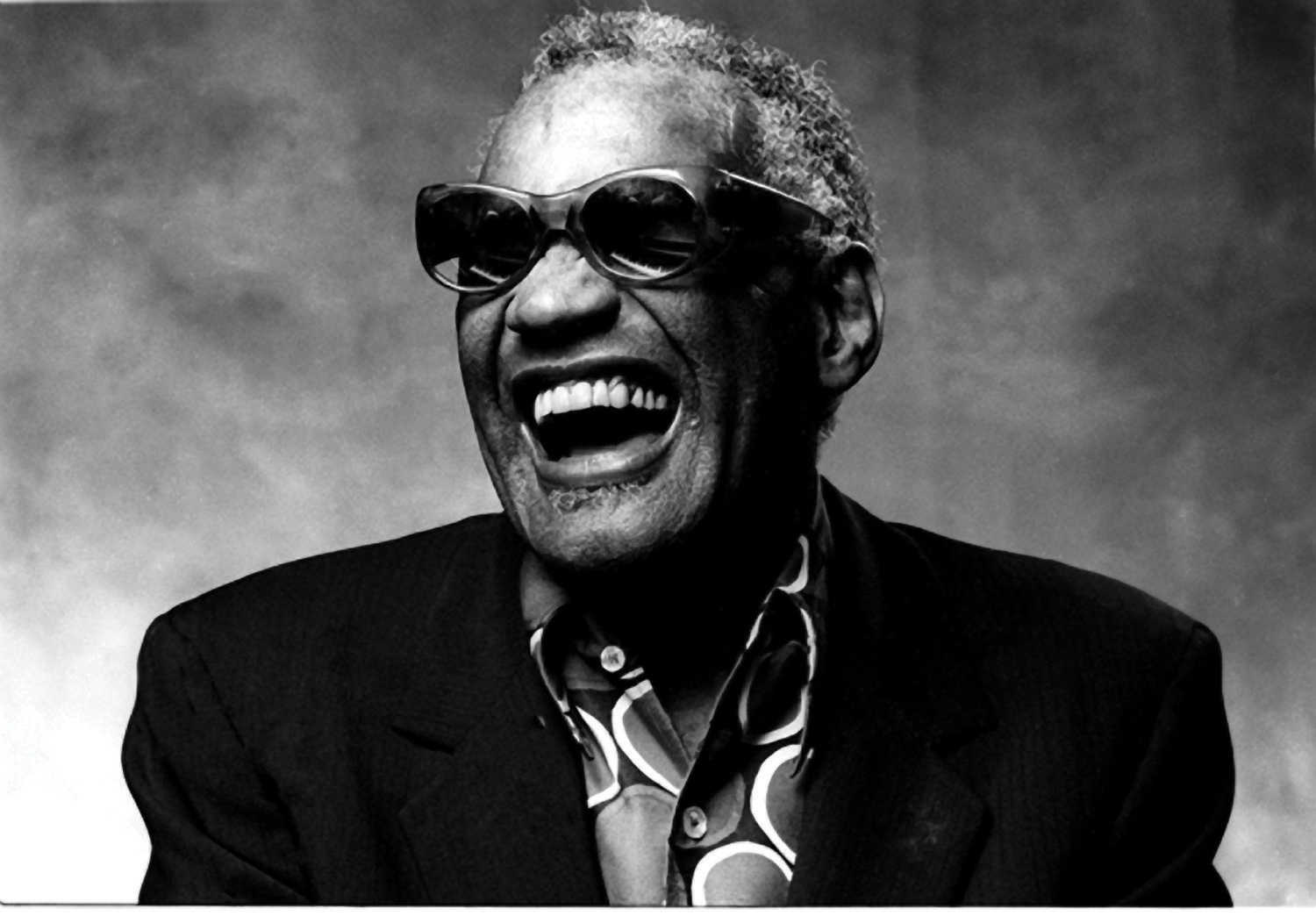 2004's "Ray" is not by any means a movie about what it's like for a famous musician to be blind. The entire film seems to touch on Ray Charles' disability as almost an afterthought. The focus was on the LIFE of Ray Charles, including family issues, drugs, bereavement, relationships, and quarrels with band members. Only in flashbacks do we observe how he learned to "see" using other senses, as well as how his mother taught him to cope. All in all, this was a great film that gave you insight on a legend, not his disability.
2004's "Ray" is not by any means a movie about what it's like for a famous musician to be blind. The entire film seems to touch on Ray Charles' disability as almost an afterthought. The focus was on the LIFE of Ray Charles, including family issues, drugs, bereavement, relationships, and quarrels with band members. Only in flashbacks do we observe how he learned to "see" using other senses, as well as how his mother taught him to cope. All in all, this was a great film that gave you insight on a legend, not his disability. -
4.
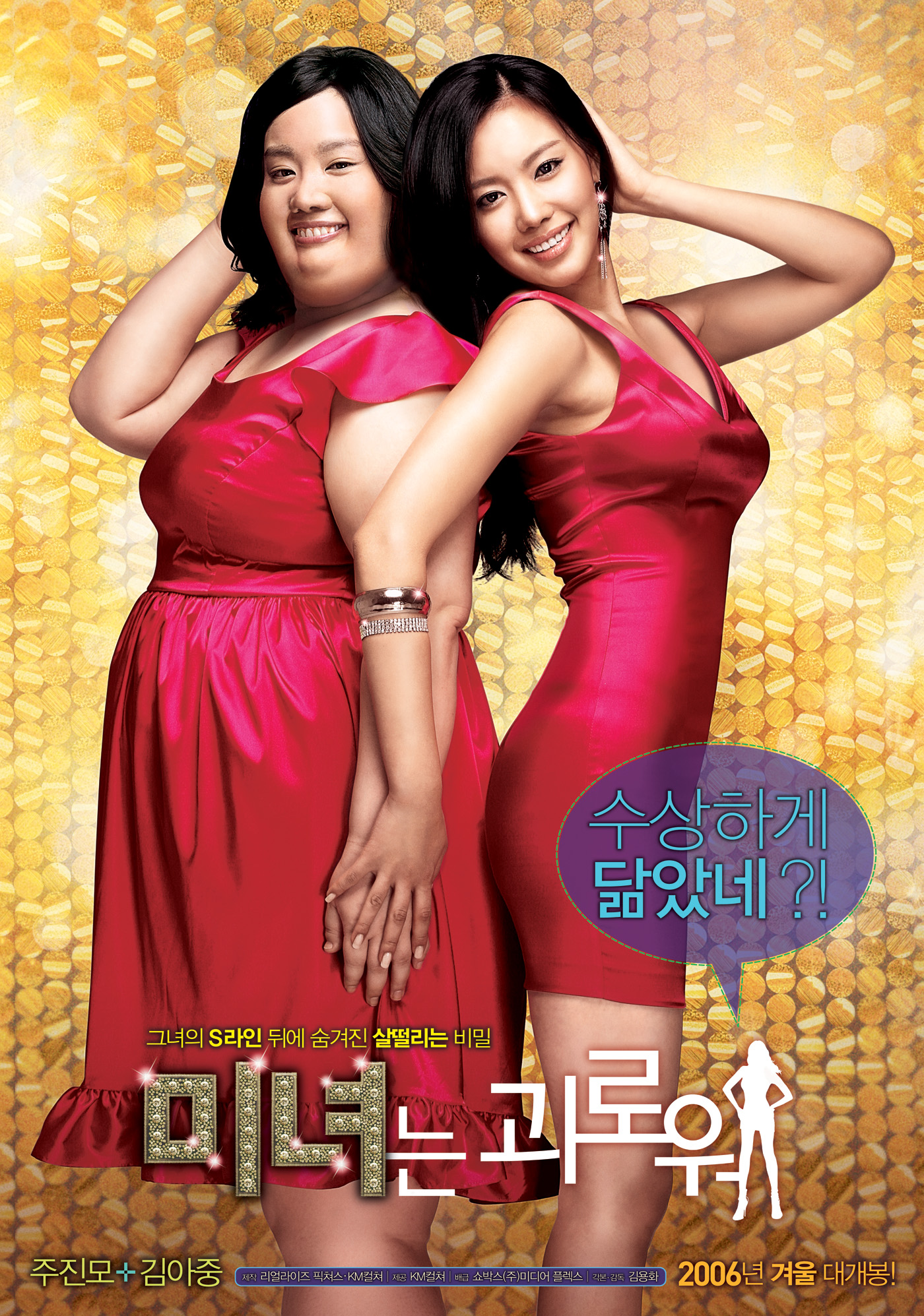 Although at first glance the hit Korean film "200 Pounds Beauty (Minyeoneun Goerowo)" seems to send a bad message, the story is anything but. Han-na, a ghost singer for "pop sensation" Ammy, decides to have head-to-toe plastic surgery in order to make a name for herself. She believes that her looks were the only barrier to success, but even after disappearing from the studio and breaking through as a svelte and sexy beauty, she finds it ultimately means nothing. Many times with American films the message of "be yourself" is touted - but major transformations still stick or the notion of any prior issue is kept secret from a new crowd. Here, Han-na truly reveals herself for who she is.
Although at first glance the hit Korean film "200 Pounds Beauty (Minyeoneun Goerowo)" seems to send a bad message, the story is anything but. Han-na, a ghost singer for "pop sensation" Ammy, decides to have head-to-toe plastic surgery in order to make a name for herself. She believes that her looks were the only barrier to success, but even after disappearing from the studio and breaking through as a svelte and sexy beauty, she finds it ultimately means nothing. Many times with American films the message of "be yourself" is touted - but major transformations still stick or the notion of any prior issue is kept secret from a new crowd. Here, Han-na truly reveals herself for who she is. -
5.
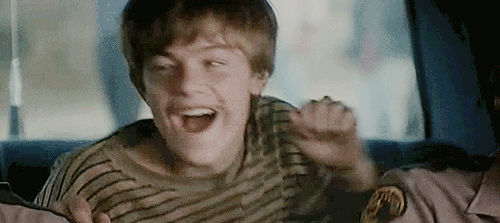 Everyone remembers that movie where Leonardo DiCaprio plays the mentally disabled kid. "What's Eating Gilbert Grape?" was actually scoffed at by viewers and critics for being "too unrealistic" when it came to DiCaprio's performance. However, depicting what occurs not only with a severely mentally disabled child, but one with such a poor and broken family, was apt. If anything, this film is the perfect example of why supporting and teaching such individuals to function within society, instead of neglecting or coddling them due to their infirmities, is now the method of our age.
Everyone remembers that movie where Leonardo DiCaprio plays the mentally disabled kid. "What's Eating Gilbert Grape?" was actually scoffed at by viewers and critics for being "too unrealistic" when it came to DiCaprio's performance. However, depicting what occurs not only with a severely mentally disabled child, but one with such a poor and broken family, was apt. If anything, this film is the perfect example of why supporting and teaching such individuals to function within society, instead of neglecting or coddling them due to their infirmities, is now the method of our age. -
6.
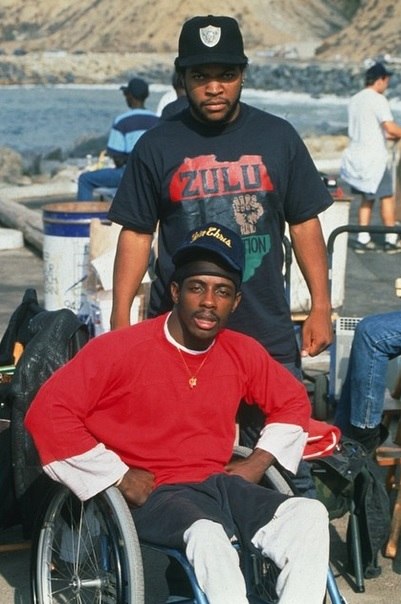 Lil' Chris was the paraplegic character in "Boyz N the Hood", and nothing is ever said regarding the reason for his disability, because what would be the point? Lil' Chris is one of the group and does what the rest of the Boyz do, no problem. In a time where the subject of STD's and AIDS was major, Lil' Chris isn't excluded from the conversation. Just as with anyone, the issues affect him too. We never see his character as any different throughout the film.
Lil' Chris was the paraplegic character in "Boyz N the Hood", and nothing is ever said regarding the reason for his disability, because what would be the point? Lil' Chris is one of the group and does what the rest of the Boyz do, no problem. In a time where the subject of STD's and AIDS was major, Lil' Chris isn't excluded from the conversation. Just as with anyone, the issues affect him too. We never see his character as any different throughout the film. -
7.
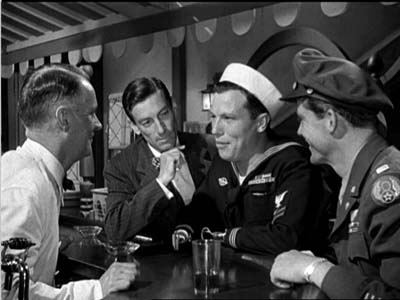 Sadly, a large number of those serving during war return home to stigma, hate, and with serious debilitating injuries and conditions. Back in 1946, even with the horrors of WWII fresh, depiction of injury and tragedy were still frowned upon in media. War movies were all the rage in 1940's Hollywood, but more or less served as light propaganda to curry support for U.S. endeavors. Considering history, they were also grossly skewed, portraying scenes of whistling deck-moppers, torpedo-brassierred beauties, and pristine environments and uniforms. Then came "The Best Years of Our Lives", a shocking (for the time) film directed by William Wyler. Wyler's goal was to push the reality of war and the plight of readjusting servicemen right up the audience's rear-end. He cast Harold Russell as Homer, as Russell lost both hands and used prosthetic hooks. It was inspirational and informative to see Homer perform tasks just as easily as anyone, such as lighting cigarettes. He even removes the hooks to reveal his amputation scars, something you would never dare show in film.
Sadly, a large number of those serving during war return home to stigma, hate, and with serious debilitating injuries and conditions. Back in 1946, even with the horrors of WWII fresh, depiction of injury and tragedy were still frowned upon in media. War movies were all the rage in 1940's Hollywood, but more or less served as light propaganda to curry support for U.S. endeavors. Considering history, they were also grossly skewed, portraying scenes of whistling deck-moppers, torpedo-brassierred beauties, and pristine environments and uniforms. Then came "The Best Years of Our Lives", a shocking (for the time) film directed by William Wyler. Wyler's goal was to push the reality of war and the plight of readjusting servicemen right up the audience's rear-end. He cast Harold Russell as Homer, as Russell lost both hands and used prosthetic hooks. It was inspirational and informative to see Homer perform tasks just as easily as anyone, such as lighting cigarettes. He even removes the hooks to reveal his amputation scars, something you would never dare show in film. -
8.
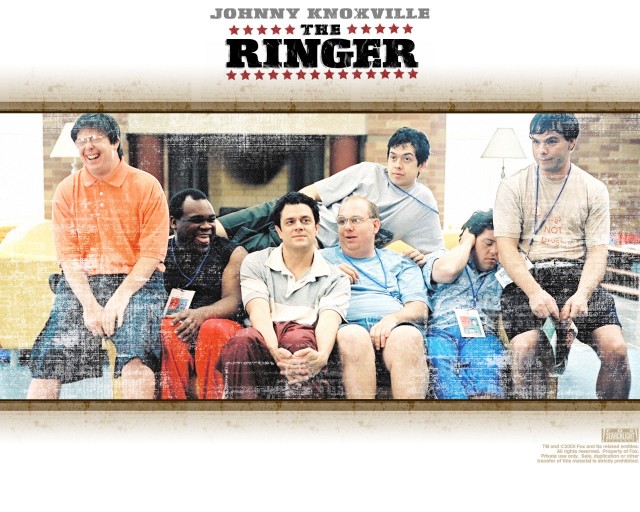 Another Farrelly brothers hit! With Johnny Knoxville at the helm, a lot of people preferred not to comment on this one. "The Ringer"'s premise was that a desperate guy is pushed to rig the Special Olympics, certain that a "normal" person could easily beat out those with special needs at anything. It seems that mixing the guy from Jackass with the Special Olympics would be a disaster, but with the Farrelly brothers behind it, along with the film being completely supported by the Special Olympics, it turned out wonderfully. Character Steve is so bad at acting that all his special needs peers find him out fast - but believe he can help them beat out the token jerk. Before long, Steve not only finds trust and camaraderie in these guys, but learns that Special Olympians are just as great of athletes as anyone. Many real-life disabled people were cast for this film, and I dare you to watch the ending party scene without a tear forming.
Another Farrelly brothers hit! With Johnny Knoxville at the helm, a lot of people preferred not to comment on this one. "The Ringer"'s premise was that a desperate guy is pushed to rig the Special Olympics, certain that a "normal" person could easily beat out those with special needs at anything. It seems that mixing the guy from Jackass with the Special Olympics would be a disaster, but with the Farrelly brothers behind it, along with the film being completely supported by the Special Olympics, it turned out wonderfully. Character Steve is so bad at acting that all his special needs peers find him out fast - but believe he can help them beat out the token jerk. Before long, Steve not only finds trust and camaraderie in these guys, but learns that Special Olympians are just as great of athletes as anyone. Many real-life disabled people were cast for this film, and I dare you to watch the ending party scene without a tear forming. -
9.
 Farrelly brothers again. Shallow Hal obviously pushed a feel-good message about how important it is to be beautiful on the inside, as well as how snap judgements and perfectionism can cause one to undermine the great things right in front of them. But probably the best scene that got this across was in the restaurant with the dance floor, in which Rosemary and Walt are cutting a rug like nobody's business, drawing all around them with their positive disposition. Actor Rene Kirby basically portrays himself, a man stricken with spina bifida who refuses to let his disability get in the way of his (admittedly fun and exciting) life.
Farrelly brothers again. Shallow Hal obviously pushed a feel-good message about how important it is to be beautiful on the inside, as well as how snap judgements and perfectionism can cause one to undermine the great things right in front of them. But probably the best scene that got this across was in the restaurant with the dance floor, in which Rosemary and Walt are cutting a rug like nobody's business, drawing all around them with their positive disposition. Actor Rene Kirby basically portrays himself, a man stricken with spina bifida who refuses to let his disability get in the way of his (admittedly fun and exciting) life. -
10.
 People often ask "How do they get away with it?" while viewing a South Park episode. Topical and witty, the show has always pushed the envelope in more ways than one. But believe it or not, many individuals suffering from physical and mental disability are in support of the program. A number of studies and professional opinions also purport that SP completely deconstructs the stigma and usual tv tropes that surround such individuals. Truly, the show "contrasts the humanity of disabled persons with cultural assumptions and constructions about them", so says D. Kim Reid, Ph.D., and John Reid-Hresko in their article "Deconstructing Disability: Three Episodes of South Park".
People often ask "How do they get away with it?" while viewing a South Park episode. Topical and witty, the show has always pushed the envelope in more ways than one. But believe it or not, many individuals suffering from physical and mental disability are in support of the program. A number of studies and professional opinions also purport that SP completely deconstructs the stigma and usual tv tropes that surround such individuals. Truly, the show "contrasts the humanity of disabled persons with cultural assumptions and constructions about them", so says D. Kim Reid, Ph.D., and John Reid-Hresko in their article "Deconstructing Disability: Three Episodes of South Park".
- REPLAY GALLERY
-
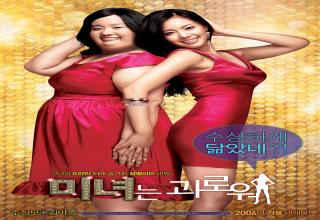
- 10 Accurate Disability Portrayals
The Farrelly brothers don't just make great movies. They also donate much time and money to groups and organizations working with special needs individuals. More often than people think, real special needs individuals are their friends and cast members throughout many of their films. "There's Something About Mary" is one of these. The character Ted first has to help with a move, where he's treated like a derp by the guy, quadriplegic actor Danny Murphy in a wheelchair. You're supposed to see him as just another crotchety old man instead of some invalid in a chair. Mary also has a moderately mentally disabled brother, and although he was protrayed by a non-disabled man, his depiction was spot-on. The group of lovestruck special needs guys Mary also makes lunches for are the real deal, and were cast for the purpose of making the issue real for audiences.
10/10
1/10


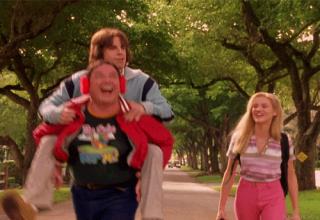




4 Comments